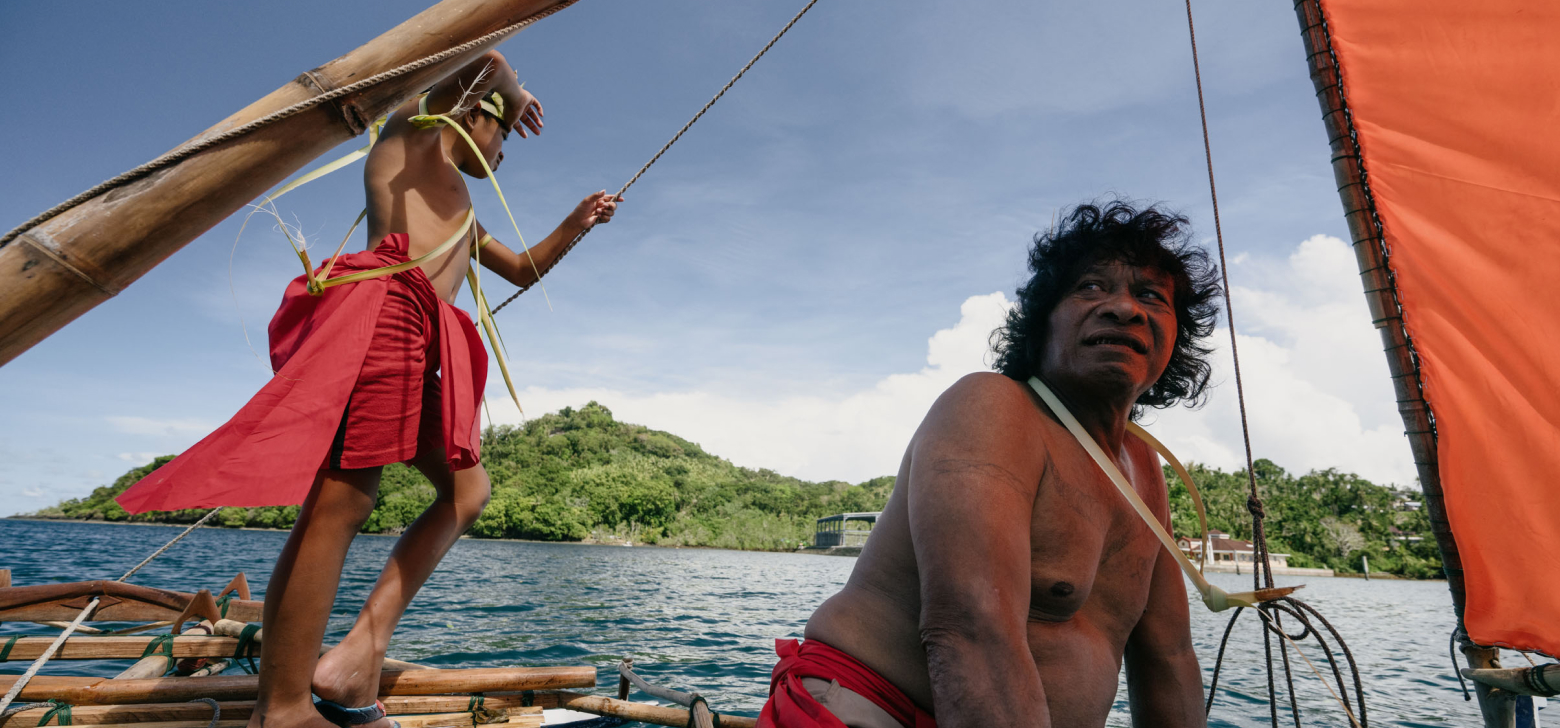Last year, The Climate Pledge teamed up with the National Geographic Society to support 15 National Geographic Explorers over three years (2022-2024) to document the global climate crisis through authentic storytelling, while illuminating the most pressing challenges, the solutions that can protect the wonder of our planet, and the communities on the frontlines. This collaboration advances early-career and established storytellers through funding, training, and the exposure necessary to drive awareness of their stories about the global climate crisis.
To commemorate International Day of the World’s Indigenous Peoples (August 9), we sat down with photographer and National Geographic Explorer Kiliii Yüyan. Informed by his ancestry that is both Nanai/Hèzhé (East Asian Indigenous) and Chinese, Yüyan has dedicated his life to illuminating the stories of lives bound to the land and the sea. Currently he is documenting the ways in which Indigenous peoples all over the world are leading the way in land stewardship and co-management—and how we should not simply consult them for their knowledge and wisdom, but empower them.















